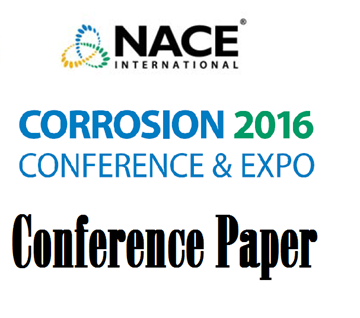Search
Products tagged with '2016 Conference Papers'
View as
Sort by
Display
per page
Improving Coating Performance by Using a Novel Polymeric Adhesion Promoter Technology
Product Number:
41216-949-SG
Publication Date:
2016
$20.00
Induction Heating Technique for Cold Weather Pre-Heating and Post-Curing or Liquid Epoxy Coatings on Gas Pipeline Girth Welds
Product Number:
51216-022-SG
Publication Date:
2016
$20.00
Institutionalizing Corrosion Prevention and Control in the USAF
Product Number:
41216-990-SG
Publication Date:
2016
$20.00
Leak Mitigation of Dynamic Cracks in Concrete
Product Number:
41216-982-SG
Publication Date:
2016
$20.00
Measurement of Internal Coating Stresses of MIL-PRF-23377 Top Coated with MIL-PRF-8528
Product Number:
41216-954-SG
Publication Date:
2016
$20.00
Measuring Sodium Chloride, Salt and Soluble Contaminants
Product Number:
41216-964-SG
Publication Date:
2016
$20.00
Mercury Liquid Metal Embrittlement of ASTM Grade 29 Titanium
Product Number:
51316-7556-SG
ISBN:
7556 2016 CP
Publication Date:
2016
$20.00
Modern Corrosion Testing: From Traditional Salt Spray Test to the Latest Innovative Methods with Advanced Environmental Controls
Product Number:
41216-962-SG
Publication Date:
2016
$20.00
Moisture Testing and Inspecting for Concrete Floors to Receive Coatings
Product Number:
41216-991-SG
Publication Date:
2016
$20.00












